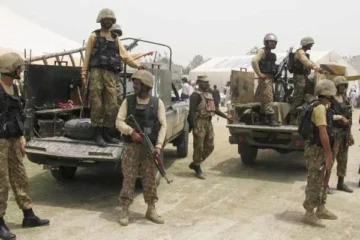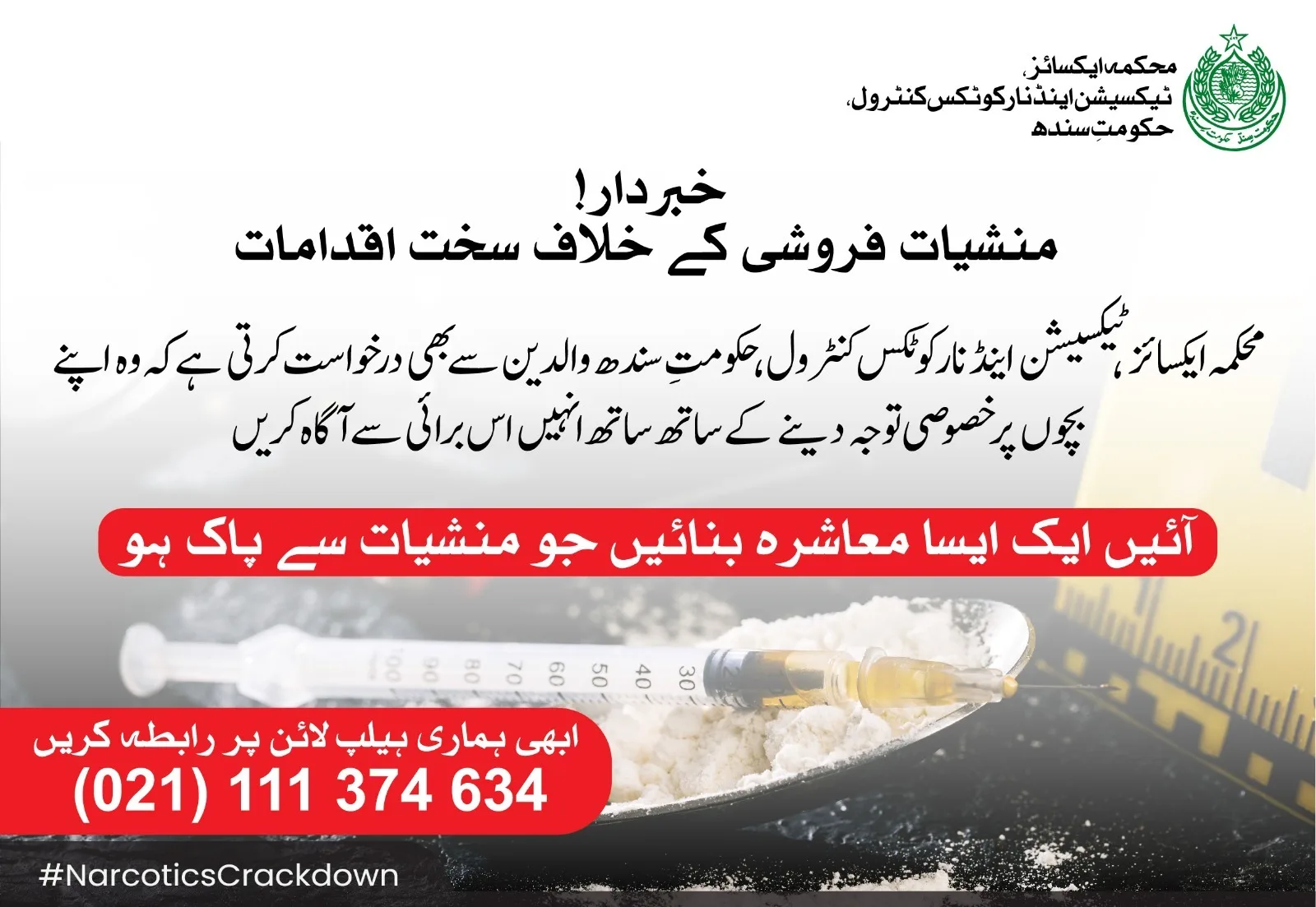
NEW YORK, Aug 2 (APP):Pakistan, where coronavirus was spreading out of control some two months ago, has “dramatically reversed course, recording a sharp decline in coronavirus cases and deaths, which are both down more than 80% from their peaks,” a prominent American Newspaper reported Sunday.
Major hospitals report beds are freeing up in previously overflowing coronavirus wards, even in Pakistan’s biggest and hardest-hit city, Karachi, the Wall Street Journal said in a dispatch from Islamabad. “The tally of patients on ventilators has halved over the past month,” correspondent Saeed Shah wrote in the dispatch, headlined: ‘Why Youthful, Conservative Pakistan is a Coronavirus Bright Spot’.
“This is all happening as Pakistan’s neighbours to the east and west—India and Iran—are still reporting that infection rates are climbing steadily,” the Journal said.
Even more surprising, it said, the progress in Pakistan came after Prime Minister Imran Khan resisted advice from the World Health Organization (WHO), declaring in May that lockdowns are too costly for the poor and reopening the economy.
“We charted the tough course between a strict lockdown and completely opening up,” Dr. Faisal Sultan, an infectious diseases physician brought in by Prime Minister Imran Khan as his adviser for COVID-19.
The report about Pakistan’s success comes when even the United States, a superpower with enormous resources at its disposal, is still struggling to control the pandemic, with 4.7 million cases and 157,000 deaths. Pakistani Health officials haven’t declared a win, the dispatch said, adding they worry that progress could be undone, particularly with the current Eid al-Adha holiday and the upcoming Muharram— that traditionally involve public gatherings across the country.
Relatively low testing levels in Pakistan have also raised questions about the scale of the decline, the Journal noted, but quoted medical experts as saying that the turnaround trend is clear. Tellingly, the proportion of tests coming back positive has more than halved, it said, citing official figures.
Pakistan locked its economy down in March, early on in its outbreak, which kept the virus from spreading widely while the population stayed home, correspondent Shah pointed out. But after restrictions were lifted in May, many Pakistanis celebrated the end of the fasting month of Ramadan with shopping sprees and visits to family. That unleashed a burst of infections, correspondent Shah wrote.
The rapid spread jolted people into changing their behavior, with more mask-wearing, hand-washing and maintaining social distance, Dr. Sultan was cited as saying. The preventive messages increased from the government and public service campaigns.
The prime minister also started wearing a mask in public, the report highlighted.
The government switched to a strategy of targeted lockdowns of local areas where a cluster of cases had arisen, sometimes just on one street. Residential data and experience that health officials gained over the past few years as part of a massive push to vaccinate against polio were leveraged to pinpoint trouble spots.
Schools, wedding halls and restaurants remained closed, it said, adding long-distance travel is still restricted.
These days, Dr. Faisal Mahmood, a professor at the teaching hospital of Karachi’s Aga Khan University, was quoted as saying that he is seeing more people in his clinic who are having problems recovering from COVID-19 than those currently infected.
“The drop is real, though I was skeptical initially,” Dr. Mahmood said.
From a peak of nearly 7,000 new cases of infection a day in June, on Friday the country reported 903 new cases. This week, Pakistan recorded its lowest death count in three months, with 27 on Friday.
So far, fewer than 6,000 people have died, with 278,000 recorded cases of infection. Brazil, with which Pakistan was initially compared for spiking infections, has about the same size population as Pakistan. But the Latin American country has reported more than 92,000 deaths and 2.7 million cases, according to Johns Hopkins University, a US-based research institution.
At Pakistan’s peak, which came in mid-June, major hospitals in big cities reported being overwhelmed. The highest number of patients to die in a day was 153, on June 20.
“The decline in Pakistan is promising,” Anna Vassall, a professor at the London School of Hygiene and Tropical Medicine, was quoted as saying in the dispatch. “But we are not yet certain as to the cause, nor how long it will last. The spread of COVID-19 is driven by social behaviour and it is difficult to measure how that has changed.”
Modeling had predicted countries like Pakistan would broadly follow coronavirus trends seen in the West, producing some grim forecasts, the dispatch pointed out. A simulation from Imperial College London produced a worst-case scenario of 30,000 deaths a day in early August.
But health experts say Pakistan has some unique characteristics that have likely been helpful in beating the virus back. In particular, they say, the young population and conservative, male-dominated Muslim society has limited exposure to the virus.
Just 4% of Pakistan’s population is over 65—compared with 16% in the U.S. and 23% in Italy, according too United Nations data. The average age in Pakistan is 22, more than a decade younger than Brazil, and 25 years younger than Italy, noting also that there are no bars and nightclubs. There are also no institutionalized homes for the elderly, sites of deadly outbreaks elsewhere. Women tend not to go out of the home to work, meaning the workforce is overwhelmingly made up of men who are mostly young, i was pointed out.
Dr. Adnan Khan, a doctor who is chief knowledge officer at Research and Development Solutions, a consulting firm, was quoted as saying that social circles in any country are limited to family, friends, work colleagues and more. Some economic research suggests that social networks are smaller in poorer countries, he said.
The virus infected much of the part of the population that was exposed to it in Pakistan and for now, it may have run out of places to go, he said. Still, there are likely other parts of the population that remain vulnerable to the disease, particularly in smaller towns and rural areas—though it is harder for the virus to spread there, Dr. Khan said.
For supporters of the prime minister, the shrinking coronavirus threat is a political triumph. Critics earlier predicted that his strategy would lead to catastrophe. Pakistan’s Army, which has taken a very prominent role in the coronavirus response, has also gotten a boost in public esteem, the Journal said, citing analysts.
Officials say complacency could still reverse people’s behavior and spread the disease. Schools will likely open in September—same for wedding halls. The government has appealed to the public to exercise restraint at the festival of Eid this weekend. As farmers return from selling their animals for slaughter in the cities, they could carry the virus into rural areas for the first time, experts warn.
“This is not the time to declare victory,” said Dr. Sultan, the prime minister’s adviser. “This is the time for humble introspection and planning ahead.”












